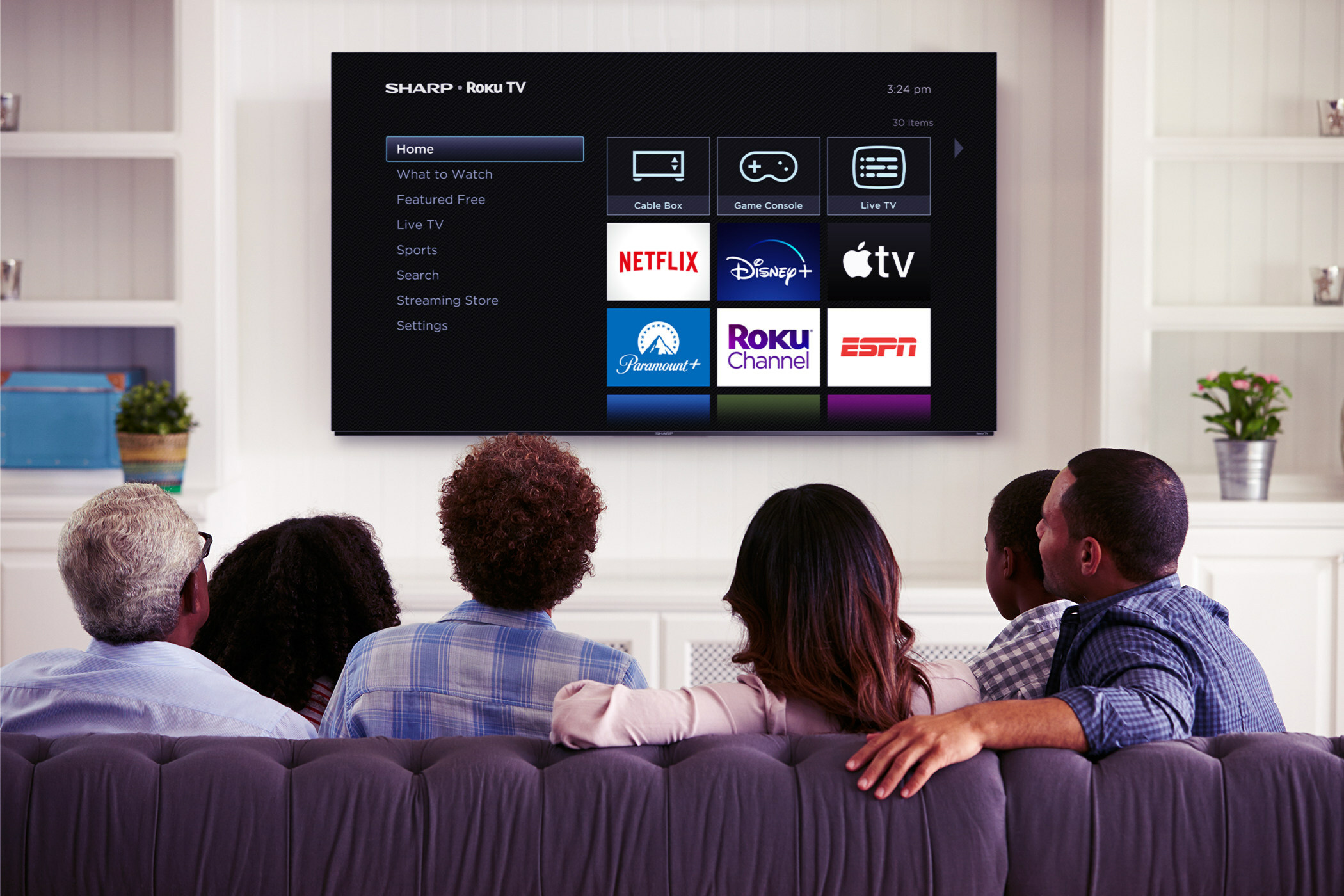Media flow bites the dust
Earlier this week, Qualcomm announced the shuttering of its FLO TV delivery service. According to the website, paidcontent.org, president of MediaFlo and FLO TV Bill Stone told his staff the company would cease operations by year’s end. A specific date was not given.
Back in July, I wrote of the potential demise of FLO TV and noted that it had never produced the financial or usage success Qualcomm hoped. In midsummer the company announced the decision to either sell or spin off the operations. While Qualcomm CEO Paul Jacobs said in July he didn’t plan to shut down the operations, conditions changed. Jacobs claimed that no matter what decision the company eventually made on FLO TV, it still hoped to recover a portion of its loss by selling the spectrum. “The spectrum itself is worth almost $2 billion based on the latest spectrum auction,” he said.
FLO TV never captured the attention of consumers as many industry insiders expected. FLO TV launched its direct-to-portable receiver operation in 2008 through Verizon and AT&T. Even so, its limited availability on portable receivers and cell phones required separate subscription, and Qualcomm’s limited promotion of the service crippled the technology’s launch.
A broadcaster’s perspective
The death of FLO TV may be seen as a good omen to some in the business. Now there is one less competitor as television broadcasters enter the fray. However, it might also be one down, one more to go to the glass-half-empty crowd. In either case, it does emphasize the point that delivering mobile video to portable devices is no sure winner. Success for broadcasters will require either more money, more selection or better programming (maybe all three) than Qualcomm could muster. In any case, the future for mobile TV is now less clear than it was a week ago.
In early September, the broadcast industry formed the Mobile500 Alliance, a collection of 30 broadcast television companies, which collectively own 346 full-power television stations in 167 markets. The members’ stations cover about 90 percent of the United States, representing more than 263 million consumers.
Colleen Brown, president and CEO of Fisher Communications and chair of the Mobile500 Alliance, said “The Mobile500 Alliance aims to develop a mobile DTV business model permitting consumers to view popular broadcast content, as well as nonbroadcast content with enhanced features. To that end, we will work to secure content arrangements with program suppliers and enhanced consumer device features with electronics manufacturers.”
Get the TV Tech Newsletter
The professional video industry's #1 source for news, trends and product and tech information. Sign up below.
The Mobile500 Alliance said it would “build on the mobile DTV standards activities of the Open Mobile Video Coalition, or OMVC, by expanding on the OMVC’s successful mobile DTV efforts and by developing a sustainable nationwide business model.”
In light of the Qualcomm development, broadcasters will be anxiously looking for leadership from both OMVC and the Mobile500 Alliance.
